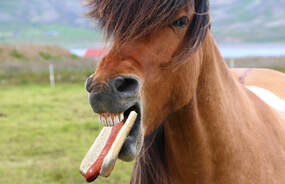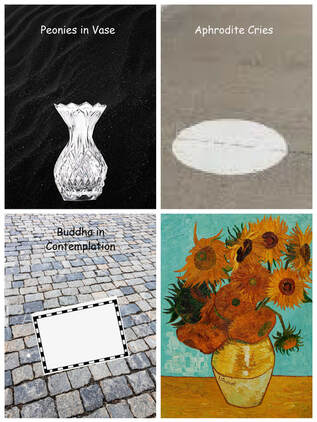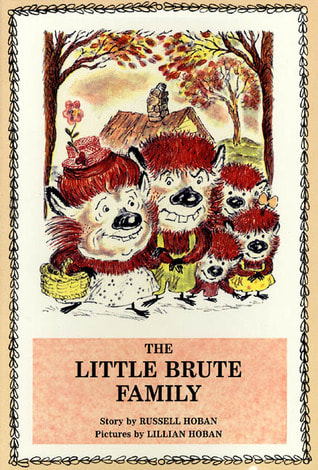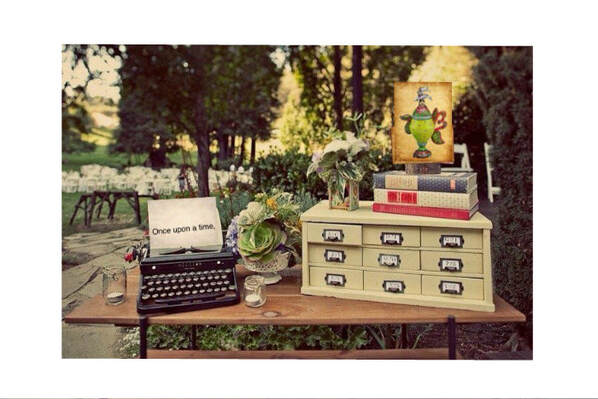 Are you happy? What if you were just happier? With what the planet and all of us personally have been going through these past 16 months or so, can we be happy? Happiness is not an either/or situation, rather a continuum. We may not be happy, but we can be happier. We can focus on doing what makes things better, what improves our well being. Let’s look at the happiness paradox. Studies have shown that happiness is good for us. However, those who value and pursue happiness, may actually find themselves worse off. It becomes a matter of pursuing happiness indirectly through it’s elements. For example, we know that looking right at the sun can be harmful. Yet, if we use a prism and see the sun rays refracted into it’s beautiful colors, we can enjoy the sun through those elements. And so it can be with happiness. What are the elements of happiness that can improve our well being and make us happier. That, of course, is for each of us to decide for ourselves. What might make me happier may not be on your top 10 list. We can assess what will improve our mental, physical, emotional, relational, spiritual well being and do those things that will make us happier. One last optimistic point. As we come out of the pandemic we can experience resilience 2.0. Resilience is often defined as the ability to bounce back after adversity. In the current condition we have the opportunity to bounce back even stronger gaining adaptability, hardiness, hope and purpose. Comments are welcomed.
0 Comments
 I am a big fan of Ellen Langer, Professor of Psychology at Harvard. She has studied mindfulness for decades. Her position is that without meditation, mindfulness is about noticing new things. Below is a tip from Langer I reprinted from Angela Duckworth’s weekly newsletter. Langer finishes with a study with children, the results of which could apply to adults and how we mindfully listen to each other or not. “I was once at a horse show, and a man asked if I’d watch his horse while he went to get it a hot dog. I scoffed. I have a PhD. My whole life, I had been a straight-A student. I even memorized what was underneath the pictures in textbooks to ensure getting my A’s. If there was one thing I knew, it was that horses are herbivores. A hot dog? Pshaw. He returned, presented the hot dog on his palm, and to my surprise, the horse ate it. It was at that moment that I realized everything I knew could be wrong. From where did my mindlessness derive? I think it all went back to middle school. Memorization and the teaching of absolutes (horses don’t eat meat) can lead to mindlessness. We are all mindless much of the time, even though we don’t realize it. But there is a solution: mindfulness without meditation. Mindfulness, as I study it, is the simple process of actively noticing new things. When we notice new things, we recognize the inherent uncertainty in everything. We realize how much we don’t know. We come to appreciate different perspectives and ambiguity. In a recent experiment, my collaborators and I randomly assigned summer campers to two conditions. Half the campers were interviewed about themselves and their camp experience by an adult who was instructed to “pretend that you are interested in their answers.” The other half completed the same interview with an adult who instead was instructed to try to notice the children’s emotional state and body language, especially the ways in which each camper differed from the others. After the interviews, the campers who had a conversation with a mindless adult thought less of their own abilities, even if only positive content was discussed. In contrast, those who interacted with a mindful adult felt better about themselves and their performance at camp. They also liked and trusted the adult more. And they inferred that the mindful adult liked them more. When you pay attention to kids, treating them as the individuals they are, you model mindfulness. You’re teaching children how to understand others, that a certain behavior makes sense from that person’s perspective or else they wouldn’t have done it. Comments are welcomed.  My entire life I have been a girl without a hobby. Of all the people I’ve known throughout my life, I was the only one who was hobby-less. After all these decades, not saying how many, I have found my hobby calling. When you read my story, you may say I am just a copy cat. Who isn’t in one way or another? Here's what happened. One of the morning news programs reported the Italian artist, Salvatore Garau, had created an “immaterial sculpture” that sold at auction for $20,000. You did read this correctly. The sculpture is invisible. It is entitled Lo Sono - I am. When I stopped laughing, I went on line to see if it was a joke. No joke. Garau explains his sculpture is comprised of thoughts and spirit which can have density and take up an amount of space. Imagination is also essential to appreciate this art form. I’m thinking it all may have something to do with quantum physics and Heisenberg’s Uncertainty Principle. Don’t ask. Believe it or not he had another one – Buddha In Contemplation - at the Piazza Dell La Scala in Milan. It was outlined by tape on a stone walk. Hold on, we’re not done yet. His Aphrodite Cries has been placed in front of the New York Stock Exchange. There is a white circle on the ground where the sculpture can be viewed. With one’s inner eye, I suppose. You might wonder who is crazier – the artist or the person who paid $20,000 for a piece of immaterial art. It might be a toss up. Then again,Garau may be part genius pulling this off. BTW, a set of instructions went with Lo Sono. It was to be displayed in a private home in an area of 150 cm by 150 cm with no obstruction around it. Of course, there should be nothing to impede absorbing the full scope of this masterpiece. Now back to my story. This tale of conceptual art gave me an idea. Before I lost my eyesight I did enjoy painting now and then. Obviously that has not been an option these past years. Why not take up immaterial painting? All I need is an easel and my thoughts and spirit. It seemed that an actual easel would be a good idea to provide boundaries to work within. Real paint and brushes are superfluous when creating from some quantum physics state of imagining. Yes! Immaterial painting would be my long sought after hobby. In fact, I will start today by painting peonies in a vase using varying shades of pink. It would be very much like Van Gogh’s Sunflowers in a vase using varying shades of yellow and nothing else. Sunflowers had special meaning to Van Gogh. They represented gratitude to him. Peonies are special to me. They bring back happy memories of my childhood. My peonies memories elicit joy, simplicity, whimsy, light heartedness. At very, very long last, I have a Hobby. Go figure. There are three morals to this story: One: If you don’t love and enjoy what you are doing, stop doing it. Something will call your name. When you hear that call, listen. Two: Logic will take you from A to B. Imagination will take you everywhere. - Albert Einstein Three: A hobby may not always need to be a physical activity. Treating others with respect, kindness, compassion, lending a helping hand whenever possible and having fun along the way seems like a pretty good hobby to me. Comments are welcomed.  When my daughter was quite young, I came across this wonderful little book entitled, The Little Brute Family by Russell Hoban. We kept this book over the years. I’ve referred to this story in my workshops based on happiness and kindness for grade schoolers. If you are unfamiliar with this book, here is a synopsis. In a dark and shadowy part of the woods lived a little family of Brutes. There was Mama and Papa Brute, Brother and Sister Brute and Baby Brute. Mama and Papa Brute snarled and growled, Brother and Sister Brute fought and kicked each other and Baby Brute howled. They ate sticks and stones for their meals. No one ever said, “Thank you” or “How lovely or “How delicious,”” because it wasn’t. Papa would go out each day to gather more sticks and stones. Brother and Sister fought all their way to school. Mama stayed home and thumped the furniture and yelled at the Baby. That’s how they lived. One day Baby Brute was out walking in the woods when a little wandering lost good feeling floated over him. It felt so good that he caught it, put it in his pocket and brought it home. The good feeling popped out of Baby Brute’s pocket and hovered over the table. Suddenly they were saying, “Thank you and how delightful.” When Papa went to gather food, he brought home berries and salad greens. Everyone said, “How delicious,” because it was. That little wandering lost good feeling no longer wandered, but stayed with the Brutes. At the end of the story the little Brute family changed their name to Nice. What does this have to do with me? Glad you asked. Full disclosure, I have been feeling depressed, irritable and my sense of humor ran away from home. I haven’t even enjoyed my recent morning walks. You could have called me Cousin Brute. Then a few days ago something changed. I don’t even know what brought about the change, but I felt like my true self again. When I went out for my walk this morning I felt something deep inside. It was like that little lost good feeling. I began to smile for no reason. Even chuckle to myself. My sense of humor had found it’s way back to me. I am no longer Cousin Brute. Am I Cousin Nice? Pretty much. Color me grateful. Comments are welcomed. |
Archives
July 2024
Categories
All
|

 RSS Feed
RSS Feed
